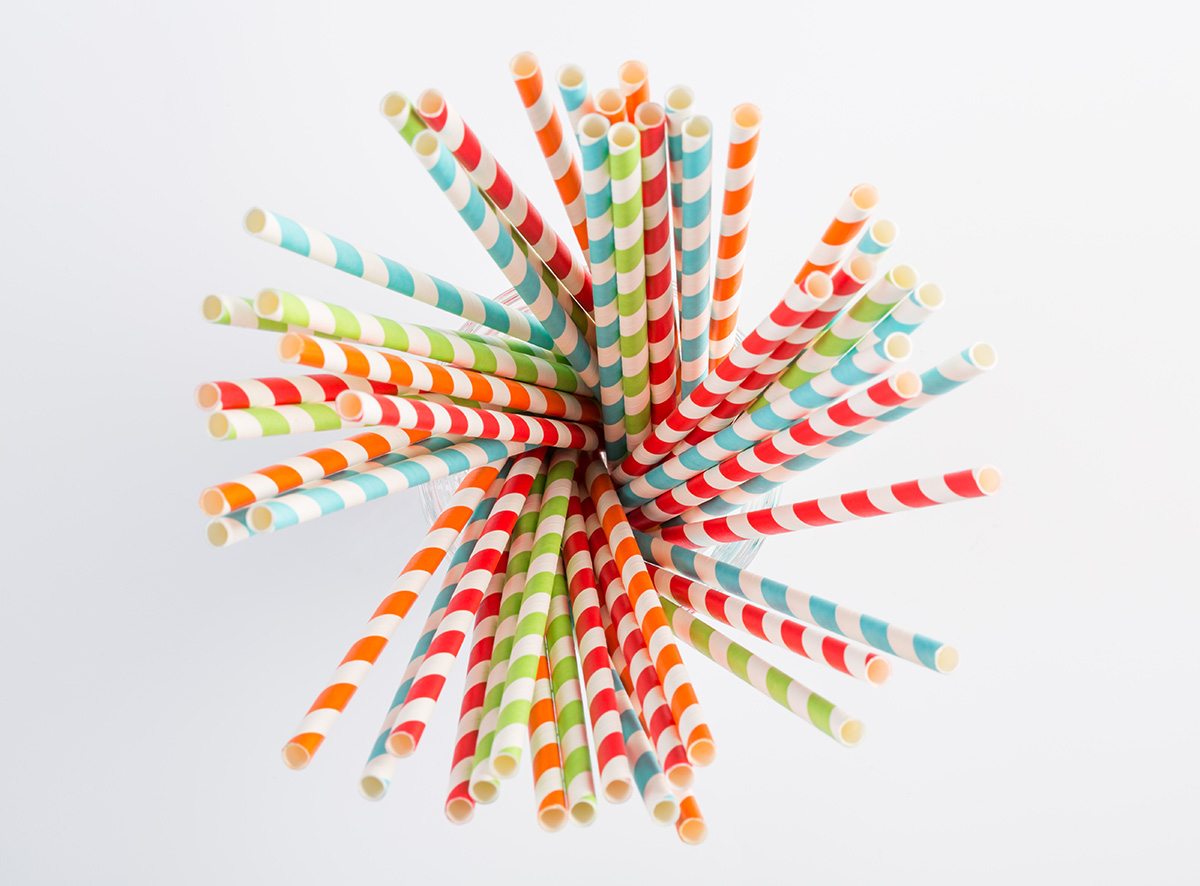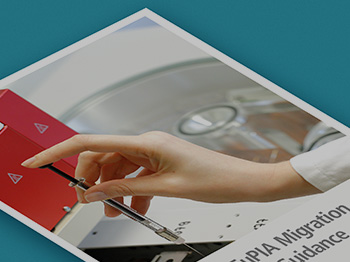EuPIA Migration Guidance
EuPIA to issue updated migration guidance regarding the identification and quantification of analytes in specific migration tests
EuPIA AEWG (Analytical Expert Working Group) has updated its guidance on migration test methods for printed Food Contact Materials which identifies the suitability of extraction and analytical methods for evaluation of inks and varnishes printed on food contact materials and for the non-contact side of food packaging.
In October 2021, the EuPIA guidance on migration test methods was updated to provide a more detailed and structured description of analytical strategies regarding the identification and quantification of analytes in specific migration tests. Indeed the differentiation of the tests is necessary according to whether one requires a targeted evaluation of substances versus a non-targeted one, to guide the choice of instruments and methods which can be different, as well as on the aspect of quantification of the substances (accurate quantification versus semi-quantification).
The EuPIA migration guidance acts for supporting converters and brand owners for the product safety of printed materials for NPH (Nutrition, Pharma and Hygiene) packaging applications. It provides a guideline of recommended tests that are deemed suitable for extraction or migration evaluation on sensitive product packaging, including food-safe products.
EuPIA AEWG (Analytical Expert Working Group) advises, that in all cases the description of the analytical tests should only be considered as a case of preliminary evaluation of raw materials formulated in inks and varnishes, hence suitable for a worst-case evaluation. It is not intended to be used for packaging compliance as the final evaluation of the migration compliance is the responsibility of the converter, not of the ink manufacturer.
The amended guidance on migration test methods is available to view and download now on the webpage of EuPIA.
Case of paper straws
As more and more consumers are adopting an “anti-plastic” movement mindset, paper straws are becoming an increasingly important alternative to the plastic straws. Paper straws can be categorized as DFC materials having an intentional short-term contact time. Indeed the printed paper straw is immerged in different types of beverages, cold or hot drinks, with various composition (for instance water, coffee, milk, tea, sodas, cocktails) and the use of it is generally not exceeding 1 hour. The details of the recommended testing conditions are described in the Annex E of the guidance.



